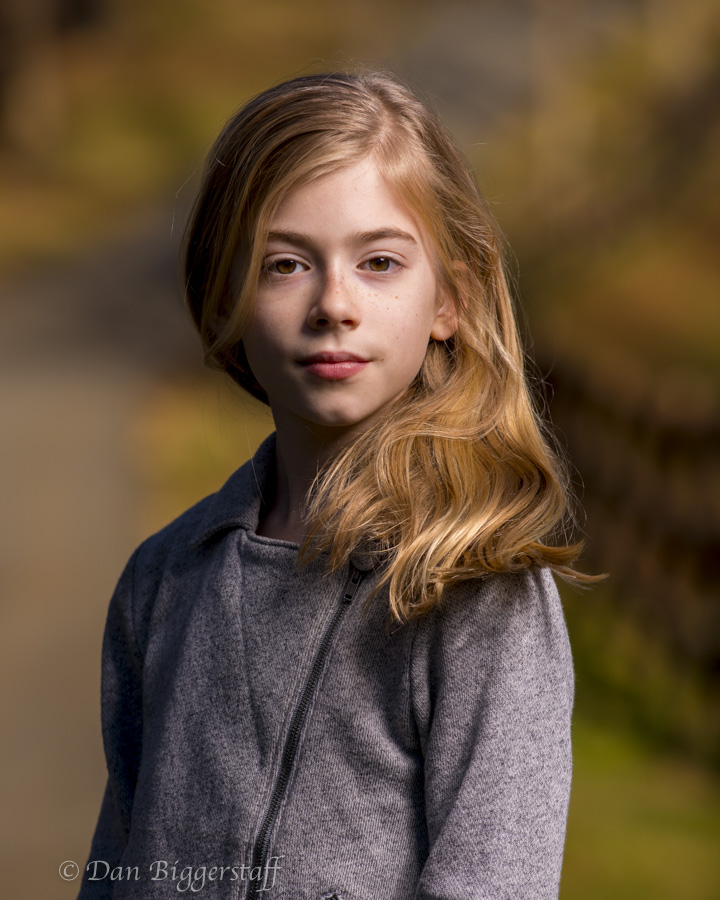For a moment, back to basics. The amount of light that reaches the sensor in DSLR’s (digital single lens reflex cameras) is controlled by the ISO, f-stop, and shutter speed. Most DSLR’s have a maximum sync shutter speed of 1/250th of a second – that is the fastest shutter speed to be able to take a photograph using flash. Some cameras allow the shutter speed to be set at higher speeds using HSS (high-speed sync), which can freeze action in the background, reduce the brightness of the background, and/or enable the photographer to use lower f-stops to blur the background. (For the purpose of this discussion, I am assuming both the camera and flash are set on manual mode, not automatic or TTL – TTL is a mode some flashes have that allow the flash to automatically control the light output of the unit. Also, when changing the shutter speed or f-stop, let’s assume the other remains unchanged.)
For HSS photography, the other component needed is a HSS-capable flash, whether it be a speed light or studio-style strobe. Both Nikon and Canon have speed lights that can be used with HSS, and Profoto makes studio strobes which can be used for HSS when more light is needed for the photo. This is not a complete list of all brands that provide these products. For a more technical explanation of HSS, go to http://neilvn.com/tangents/high-speed-flash-sync/.
More basics. When using flash, the f-stop controls the brightness of the subject lit by the flash (with a given light output), and the shutter speed controls the brightness of the background. Because of the inverse-square law (light falls off quickly), flash will have little or no effect on the brightness of the background unless the background is very close to the subject being lit by the flash.
The photograph above was taken in open shade on a bright sunny afternoon. I put the subject in open shade so she would not squint, dropped the f-stop to blur the background, and increased the shutter speed to darken the background. A beauty dish and a Profoto B1 strobe was used to light the subject. The camera settings were ISO 200, f-stop 6.3, and a shutter speed of 1/1600th of a second. I was using a Nikon D800 with a 70-200mm lens at 200mm. At a given ISO (and same shutter speed), decreasing the f-stop (say to f2.8) would have caused the background to blur even more and would have required less output from the flash. If the f-stop was increased to f16.0, the background would have been more distinct, and more power output from the flash would have been required to light the subject. If the shutter speed (with a stable f-stop) was decreased to 1/250th of a second, the background would have been blown out (way over-exposed). Increasing the shutter speed to 1/6000th of a second would have made the background considerably darker.
Copyright Dan Biggerstaff Photography. All rights reserved © 2015

